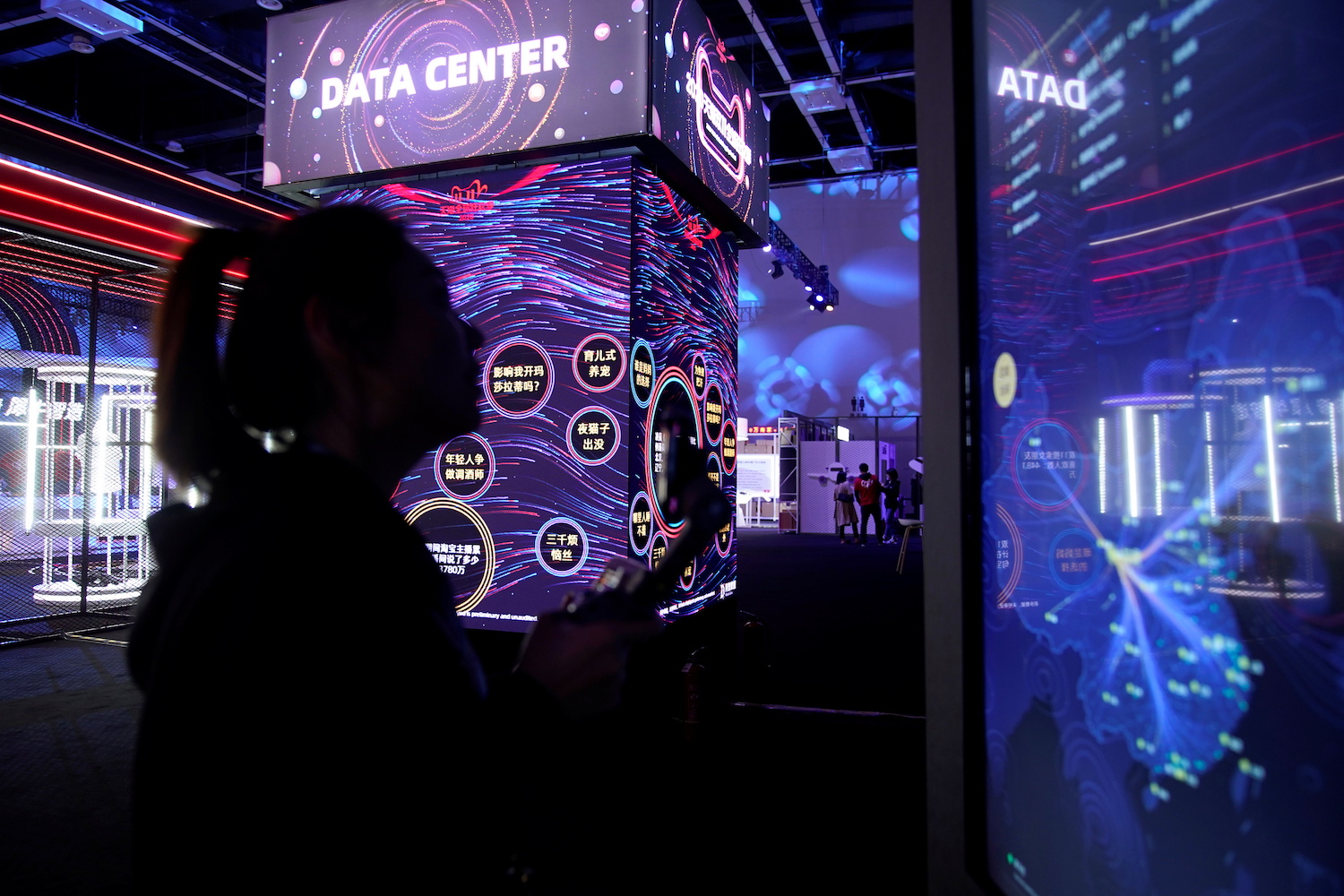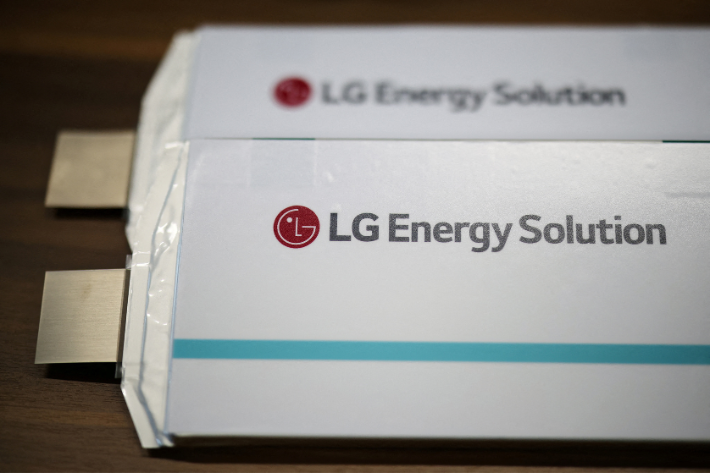(ATF) As 2020 is the first year of China’s new infrastructure plan, in which they want to turn the country into a multi-layered high-tech society, industry leaders have cemented Huawei’s role in China’s internal rebuild. And Huawei this week revealed plans to develop a 5.5G network to meet the expected increase in demand.
Huawei has released a future-oriented “1+N” 5G target network, and released a full range of 5G solutions supporting “1+N” to build a 5G minimalist network.
Yang Chaobin, president of Huawei’s wireless network product line, said: “To create a ‘golden decade’ for 5G, we need 5G with a full spectrum, and to build a minimalist target network with universal coverage, wide pipelines and on-demand overlay of N-dimensional capabilities.”
The technological evolution of the mobile communication industry, and development history of 2G/3G/4G has proved that each generation of mobile communication technology must undergo continuous evolution and enhancement.
The industry believes that 5G will be the most important mobile communication technology until 2030 and will continue to serve until 2040.
Facing 2030, cellular networks need to carry hundreds of billions of connections, most of which will rely on 5G. So far, the cellular network has only carried 1.3 billion IoT, so 5G needs to continue to evolve to meet more diverse and complex full-scenario IoT requirements, they said.
“To achieve the ambitious goal of 100 billion connections, and to allow 5G to support business development in the next 10 or even 20 years, it is imperative to define a higher stage of 5G,” Huawei executive director Wang Tao said, based on the group’s long-term practice in the wireless communications industry.
And looking forward to it, Huawei proposes a 5.5G vision to drive the development and evolution of the 5G industry, to enhance the vitality of 5G, and create new value for social development and an upgrade of industry.
Wang Tao said the expansion is in response to growing demands of new applications, as the three major scenarios defined by 5G can no longer support more diverse IoT scenarios.
For example, the application of the industrial Internet of Things requires both massive connections and large uplink bandwidth. Huawei proposed to add a programme between eMBB and mMTC, named UCBC, focusing on the construction of uplink capabilities. But there is also a category of applications that require ultra-wide band, low latency and high reliability.
Huawei also proposes adding a programme between eMBB and URLLC, named RTBC, focusing on the construction of broadband real-time interaction capabilities; the last type of scenario is a general capability set, such as vehicle-road collaboration in the Internet of Vehicles, which requires both communication capabilities and perception capabilities. Huawei has proposed adding new HCS programmes, focusing on the construction of communication and perception integration capabilities.
Three initiatives proposed
The Economic Daily reported that Tao proposed three initiatives on behalf of Huawei:
# First, call on all parties in the industry to start 5.5G definition work as soon as possible within the framework of the 3GPP standard. 5.5G is an evolution of 5G and must be compatible with all 5G terminals.
# Second, jointly develop the 5.5G industrial ecology, by making good use of the spectrum below 100GHz, and providing diversified network capabilities and terminals.
# The third proposal is cross-industry collaboration, collaborative cloud, AI and industry applications, incubating more new application scenarios, and accelerating the “intelligent” upgrade of thousands of industries.
5G ‘will digitise society’
Miao Shouye, head of China Unicom’s 5G Co-construction and Sharing Working Group, said that as the leader of new infrastructure, 5G is an incubator and booster for the development of the digital economy. It will promote tens of trillions of industrial markets and become a new driving force for economic development.
In Miao Shouye’s view, 5G is expected to become a new general technology, and it will take on the mission of enabling the digitization of the whole society. It is related to industrial Internet, artificial intelligence, big data centres, UHV, new energy vehicles, intercity high-speed rail and other fields.
Together, it is hoped that this will turn China into an innovative country. Telecom operators will shoulder the important task, they said, of building high-quality 5G networks and become infrastructure builders, operators, industry application value carriers, and integrators of industrial ecological forces in the new digital economy era.
As China has foreseen international recession on the horizon, it will internalise its energies on building new infrastructure, similarly to how the country dealt with the economic crisis of 2008. At that time dormant workers were immediately employed on tasks such as building roads to every Chinese village, railways construction, highways, subways and similar work. This time the drive has a more high-tech edge, and despite or due to economic sanctions, creating localised versions or totally new technologies is a new top priority.
A ‘golden period’ of 5G development
Ding Yun, executive director of Huawei and president of operations, said that the next decade will be a “golden period” for the rapid development of the global 5G industry. The entire industry chain needs to have firm belief, building 5G networks will create shared industry value.
China has a sound industrial structure and massive industrial scale. 5G will be tailored to the different needs of business and consumers. Huawei believes that this needs to match the diversified needs of industry and requires manufacturers and operators to go deep into the various industries and continue to innovate.
Ding Yun summed up two formulas for maximizing network value for the industry, emphasizing that the key to individual users is to continue to build 5G boutique networks; for the industrial market, the key is to incubate new capabilities and create new growth engines.
In terms of building 5G boutique networks for individual users, Huawei uses 5G full-scene coverage solutions to enable users to access 5G networks anytime and anywhere, and maintain signal stability. After the mobile phone resides on the 5G network, it is necessary to optimize the connection experience through solutions such as multi-antenna evolution of full-band equipment and 4G/5G collaborative construction to ensure a consistent user experience. In addition, Huawei took the lead in proposing the concept of a minimalist site. Through the all-outdoor deployment of equipment, it reduces the rent of the sky/site/computer room and reduces the network TCO.
In terms of energy consumption, Huawei has adopted a hierarchical energy-saving solution to ensure the stability of KPIs and deepen energy savings for wireless networks. At present, this program has commercialised 200,000 stations in China, and each station saves 1.5 kilowatt-hours of electricity per day, which can save 100 million kilowatt-hours of electricity each year.
“The application development of the 5G industry is not just a matter for operators. It requires the entire industrial chain to work together, twist into a rope, and integrate the telecommunications industry with other industries to achieve rapid scale replication. Thousands of industries are passing into 5G,” Ding Yun said.
























